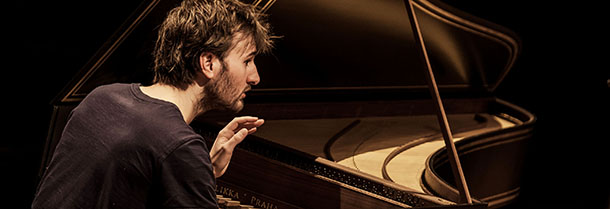Tag: Jean Rondeau
-

PROGRAM NOTES: JEAN RONDEAU
Johann Sebastian Bach Goldberg Variations BWV 988 Bach’s Aria mit verschiedenen Veränderungen vors Clavicimbal mit 2 Manualen was published in 1741 as the final instalment of his Clavier-Übung series of keyboard works. This monumental exploration of the variation form ranks as the largest single keyboard composition published in the 18th century, in which Bach displays…

